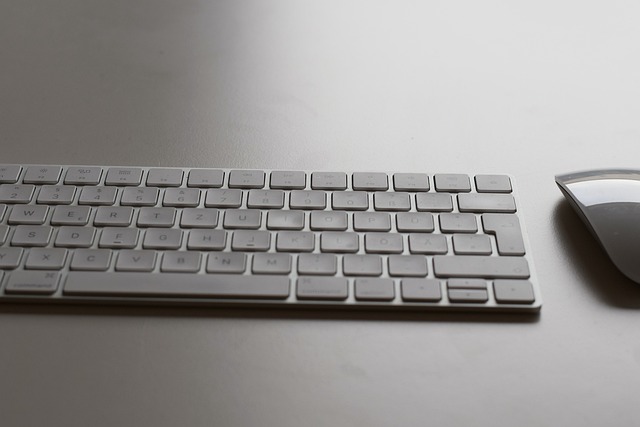
If you are working on your first website design or your tenth, the design will always be the crucial aspect of your site. Visitors will be more likely to make a return visit if you take the time to be sure that your site can be easily navigated, is aesthetically pleasing, and is loaded with awesome content. In order to view some website design advice to assist you in creating a beautiful, effective website, continue reading.
Put a tagline on your site. A tagline will be a motto or some statement about your business focus. Clear taglines are effective in potentially capturing the attention of a reader in the critical first few seconds they visit your site.
Make sure that every action can be cancelled if needed. An action may refer to signing up for e-mail notifications, newsletter subscriptions or filling out web forms. Visitors with second thoughts are not going to appreciate being locked into an action. They will feel that they are being forced to act against their wishes, and it will be unlikely that they will want to return to your site after such an experience.
One of the best ways to create a website that looks great is to use a program that will help you with your website creation. A professional website is within your reach when you use these tools. Let’s face it, a boring, drab site simply drives traffic away and that is not what we want to do.
Keep the loading time to lower than ten seconds. A site that is designed well will only take a few seconds to load. Most online users want to be gratified instantly and you need to be sure you can do this for them.
Try researching keywords. Of course, you must provide valuable and relevant content; however, you can optimize it with judicious use of excellent keywords. Keywords are what search engines use to guide people to your website.
Don’t use many fonts as you design your page. Depending on what browser you use, or type of computer screen resolution, different fonts might be difficult to read. Verdana is a font commonly used because it’s easy to read in an array of colors and sizes.
Your content should be useful and interesting. The actual site design “look” is important, but content is king. Useful, informative content which matches what visitors are looking for will ensure your visitor numbers continue to increase.
When designing a website, use independent CSS pages and conditional loading. Doing this will make it easier to test and maintain your website. Every website needs maintenance occasionally and making it simple is important.
Never place pop-up ads on your website. Including PPC ads to make some money on sites is a big design element that does not irritate your users as much as pop-ups that bother their view. It will discourage people from visiting your website. Just keep your ads contained, relevant and you will do fine.
User-friendly web design programs, known as development platforms, can make building websites easier, but they are just not as trustworthy as hand-written code. The goal of a platform is to design the features you want in a site, then you simply paste the code that was generated into your own site. Use a text editor to reduce mistakes, and additionally help to learn the process for yourself.
Be sure to proofread everything you post to present a professional appearance. People should respect your company. When you have glaring errors, it sheds a negative light on you and your business.
Speak with people you know just to see if you missed something when you learned things like Dreamweaver, Photoshop or HTML. It is difficult to keep all of the details of web design in mind, and it is common to become confused while designing and miss a thing or two. That’s why it’s good to have knowledgeable friends “proof” your site for you.
While you may wish to play a large role in the design of your site, it is not necessary to undertake the entire project on your own. Web design incorporates many different skill sets, from graphic designing to coding to search engine optimization. Don’t be afraid to get help if you need it. If you are not comfortable working on a certain aspect of your site, consider hiring a professional to offer assistance.
Visual Sitemap
Set up a visual sitemap to help you with planning the website. When you make a visual sitemap you get an idea of how you’re coming along in your development process. This way you can see whether or not you’re on the right track. From there, you’ll be able to identify any areas that need improvement, or have been neglected. You can’t really make substitutions for this kind of visual.
Create ongoing relationships with visitors to your site by employing the techniques you find here. If you can do this, your profits will go up quickly.